March 07, 2024 | 19:04 (GMT+7)
A glimpse into “Peach Blossom, Pho, and Piano” movie at Vietnam Military History Museum
PANO - Reminiscent scenes of the 60 days and nights when Hanoi's troops and civilians defended the capital in the winter of 1946, as portrayed in the film “Peach Blossom, Pho, and Piano,” have been recreated in an exhibition space at the Vietnam Military History Museum.
    |
 |
|
Situated on the second floor of the main building of the Vietnam Military History Museum (28A Dien Bien Phu street, Ba Dinh district, Hanoi), a small exhibition space showcases the theme “Protecting the independence and organizing the resistance war against the French colonialists in 1945-1947,” featuring numerous valuable artifacts and providing a glimpse into the winter scene of Hanoi in 1946. |
    |
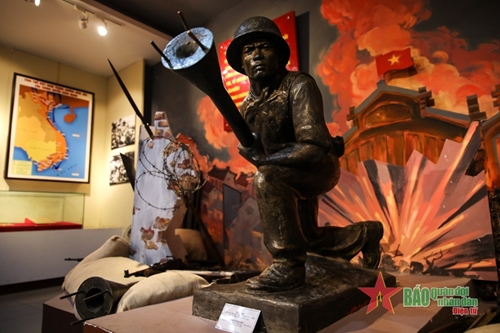 |
|
At the center of the exhibition space stands a sculptural work depicting the image of hero Nguyen Van Thieng embracing “bom ba cang” (the Shitotsubakurai or lunge mine), rushing towards enemy tanks to stop the enemy's attack against our military’s General Staff on Ba Trieu Street. During winter 1946, ten “kamikaze teams” were formed with about 100 members. “Kamikaze soldiers” participated in a “living funeral” ceremony before each battle. |
    |
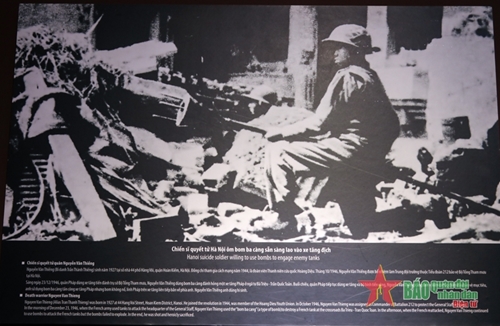 |
|
The image of hero Nguyen Van Thieng embracing the Shitotsubakurai lunge mine rushing towards the enemy tanks |
    |
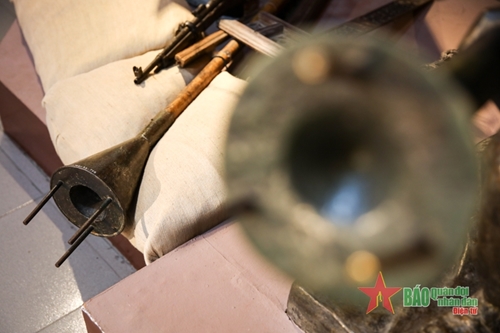 |
|
This lone remaining Shitotsubakurai was once equipped for the capital soldiers during the winter battle in Hanoi in 1946. The Shitotsubakurai is considered a symbol of the spirit of sacrifice for the nation. |
    |
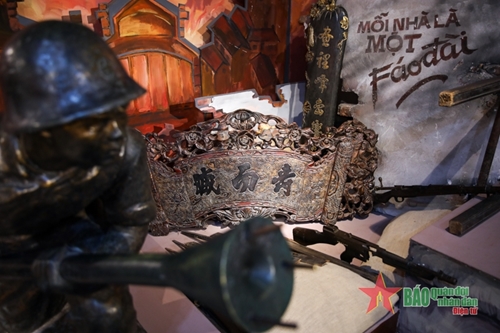 |
|
The battles on the streets of Hanoi at that time were extremely fierce. Various tools were used to obstruct the advance of enemy troops. |
    |
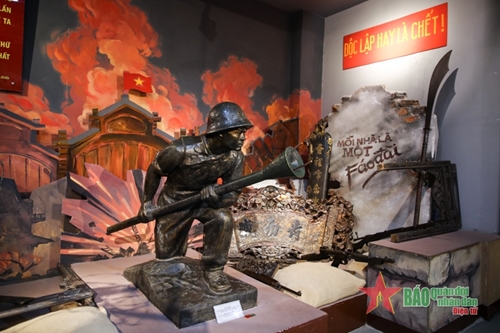 |
|
Slogans appeared throughout the streets of Hanoi, such as “Independence or Death!” and “Determined to die for the homeland to live” contribute to boosting the morale of the people and the soldiers participating in the battle. |
    |
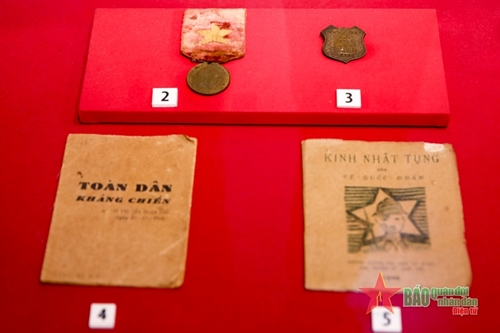 |
|
To unify the command of the armed forces, the Capital Regiment was established in early 1947, with a force of nearly 2,000 people. In the photo, soldiers of the regiment wear the "Capital Regiment" emblem during the establishment ceremony of the "Determined-to-die Squad" at the Golden Bell Theater in Hanoi on January 7, 1947. |
    |
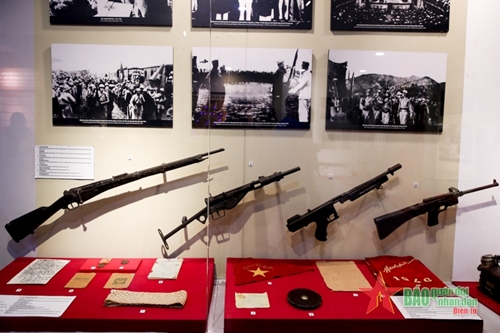 |
|
Some types of guns used by our troops during the winter days of 1946. |
    |
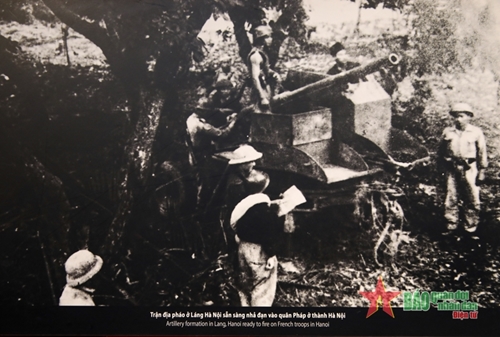 |
|
The artillery field at Phao Dai Lang street, Hanoi, was the place where the first shots of artillery were fired, targeting the stronghold of the French colonialists, marking the beginning of the national resistance war. |
    |
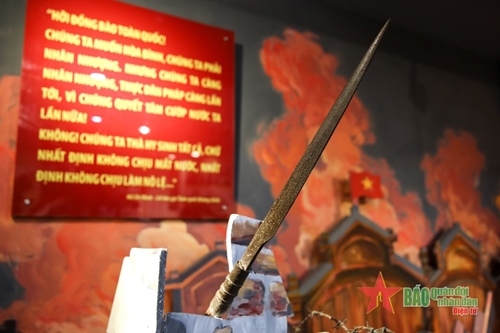 |
|
Due to the shortage of weapons and equipment, self-defense militia units had to use primitive weapons such as knives, bows and arrows, and machetes. |
    |
 |
|
Historical documents exhibited at the Vietnam Military History Museum always attract the attention of visitors inside and outside the country. |
    |
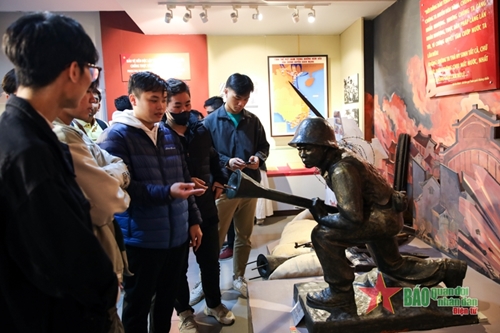 |
|
Students from Thuy Loi University exchange thoughts on the use of the Shitotsubakurai or lunge mine. This exhibit has received special attention since the film “Peach Blossom, Pho, and Piano” was released. |
    |
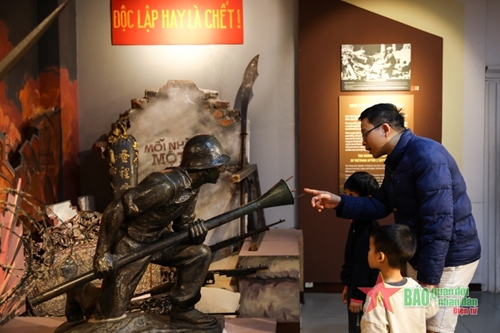 |
|
The artifacts and exhibition space at the Vietnam Military History Museum recreate historical events. |
Translated by Trung Thanh